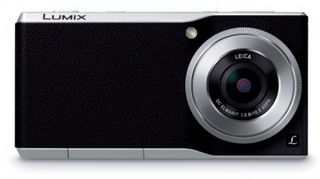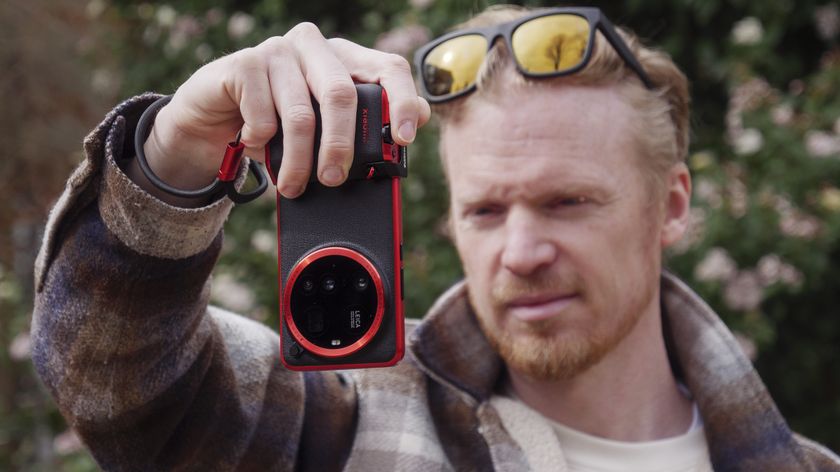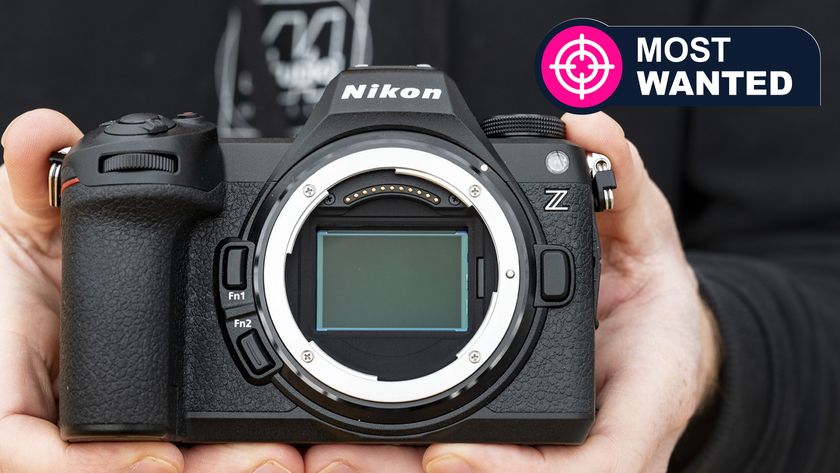The tech that's changing photography - and it's just getting started
Wi-Fi, NFC, and Bluetooth are giving our cameras the facelifts they need
Improving smartphones
While they lack the power and quality of standalone cameras, smartphones are now the most widely used photography devices: point, shoot and you can share your snaps to Instagram, Facebook, or Twitter in seconds.
Lawton believes connected high-end cameras are not attractive enough with the social-media, instant-upload obsessed public – and perhaps never will be.
"If you want to take pictures and share them straight away, [you] use your phone," he said. But are smartphones ever going to pack the same power and smarts as a larger, more impressive camera?
Lawton pointed to the Panasonic CM-1 – a phone-camera hybrid with a 1-inch sensor – as "the closest thing to a way forward for high-quality connected photography."

The CM-1 failed to impress consumers, despite strong reviews, as while it had a camera comparable to most high end compacts it failed as a sleek, portable smartphone – but that might be because the market was not ready for it, Lawton says.
"Most smartphone photographers aren't expecting much image quality. I think it will take a while for that market to figure out the quality can be much better, and it's worth having," he says.
Panasonic announced last month that the next iteration of the CM-1 – the CM10 – will not be a smartphone, but a standalone camera (complete with LTE connectivity and a host of apps, but a camera no less).
Get daily insight, inspiration and deals in your inbox
Sign up for breaking news, reviews, opinion, top tech deals, and more.
That leaves the door open for, say, Apple or Samsung to succeed where Panasonic – inexperienced in the smartphone world – failed. While Nokia has previously tried to equip a smartphone with a sensor capable of being seen as a 'proper' camera (as shown in the Lumia 1020) it lacked the optics and zooming capabilities of a larger snapper.
Other attempts to launch a phone with optical zoom have been fleeting - perhaps the newly-announcedAsus Zenfone Zoom may herald a time when smartphones can finally have more compact camera-like capabilities, but it's not a major manufacturer.
If any of the smartphone giants strapped a full-blown camera sensor on the back of a flagship, you'd be brave to bet against their success.
More 3G/4G DSLRs
Cameras that can share photos without tethering to a smart phone via Wi-Fi – specifically through mobile networks – clearly have the potential to completely change the world of photography. They would reduce the need to carry expensive equipment around to just set up a mobile connection, and could give all kinds of photographers the instant access they crave.
However, with Samsung still not progressing on its plans to add more data connections to its cameras, it's hard to see big DLSR manufacturers following suit just now.
As such, it seems the world of connected DSLRs - the ultimate connected camera to many - is somewhat in limbo. Our cameras now have Wi-Fi, but until they have 3G or 4G connectivity as standard they're not going to be able to satisfy the masses desperate for instant uploading and connections that mimic their smartphones – we'll have to wait for one of the camera giants to take a leap of faith to achieve that.
But maybe they never will. The world of connected actions cams is servicing a strong need, smartphones are only a generation or two away from being good enough for many professionals and the connected home is increasingly thirsty for imaging sensors for security and simplicity. The connected camera is already here, and subtly changing photography.












